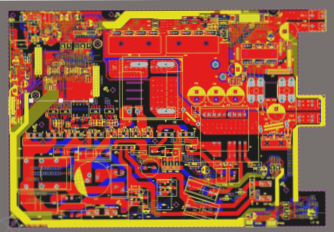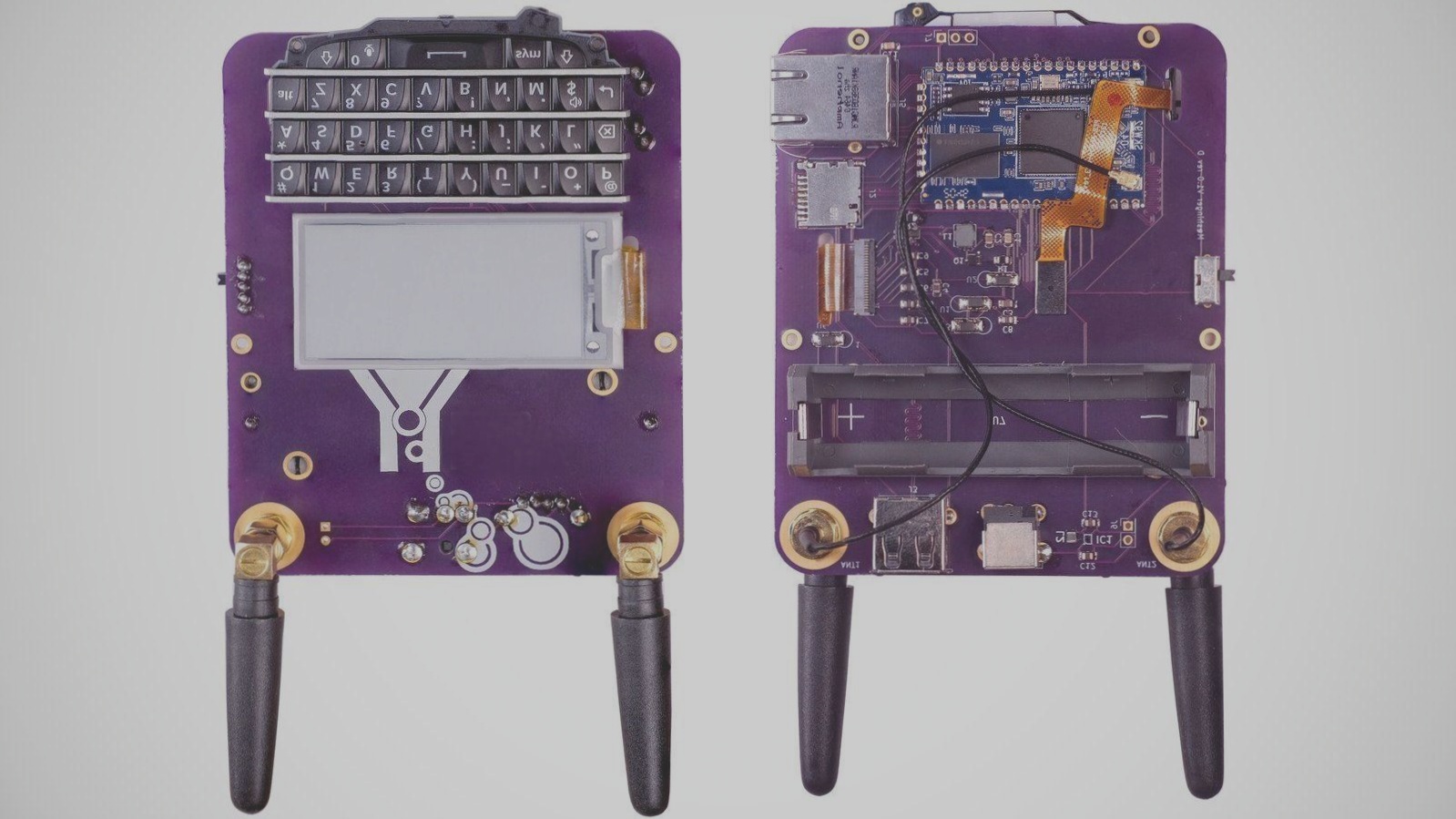1. Nowadays, the advancement of electronic technology is remarkably swift.
2. People cannot imagine life without electronic products.
3. Almost all electronic devices rely on the support of PCBs.
4. A printed circuit board, or PCB, is a crucial electronic component that serves as a foundation for electronic parts and provides circuit connections among them.
5. It holds a significant market share within the global electronic component industry.
6. PCBA processing refers to the procedure where an empty PCB undergoes SMT assembly, followed by the complete manufacturing process of DIP insertion.
7. Many individuals lack an understanding of the materialization and evolution of PCBA processing.
8. PCBA processing
—
Let me know if you need any further adjustments!

1. PCBA stands for Printed Circuit Board Assembly in English, commonly abbreviated as PCBA. This terminology is widely used in China, whereas the standard notation in Europe and America is PCB’A, with an apostrophe included, referred to as the official term.
2. At the end of the 1990s, as numerous build-up printed circuit board solutions emerged, these boards began to see extensive practical application that continues to this day. Developing a robust testing strategy for large, high-density printed circuit board assemblies (PCBA) is crucial to ensure compliance and functionality with design specifications.
3. Besides the establishment and testing of these intricate assemblies, the cost of individual electronic components can be quite high, potentially reaching up to $25,000 when a unit is tested later on. Given these substantial expenses, identifying and resolving assembly issues has become an even more critical step than in previous years.
4. Today’s complex assemblies typically measure around 18 square inches and consist of 18 layers, featuring over 2,900 components on both sides, encompassing 6,000 circuit nodes, and requiring the testing of no fewer than 20,000 solder joints.
5. New development projects demand increasingly complex, larger PCBs with tighter packaging, presenting challenges for both construction and testing. Moreover, the trend toward larger circuit boards with smaller components and higher node counts is likely to persist. For instance, a current design features approximately 116,000 nodes, over 5,100 components, and more than 37,800 solder joints needing testing or verification. This assembly also includes BGAs on both the top and bottom surfaces, with the BGAs positioned closely together.
6. Utilizing a traditional needle bed to test a board of such size and complexity renders ICT methods impractical. Throughout the manufacturing process, particularly during testing, the growing complexity and density of PCBs is an ongoing challenge. Recognizing that simply increasing the number of test pins in the ICT test fixture is not the optimal approach, I began exploring alternative circuit verification methods.
7. Analyzing the number of non-contact probes per million, it became evident that at 5,000 nodes, many errors identified (less than 31) were likely due to probe contact issues rather than genuine manufacturing defects (Table 1). Consequently, the focus shifted towards reducing the number of test pins rather than expanding them.
8. Nevertheless, the overall quality of the manufacturing process is evaluated across the entire PCBA. A decision was made to combine traditional ICT with X-ray layering, presenting a feasible solution to these challenges.
—
Let me know if you need further adjustments!




